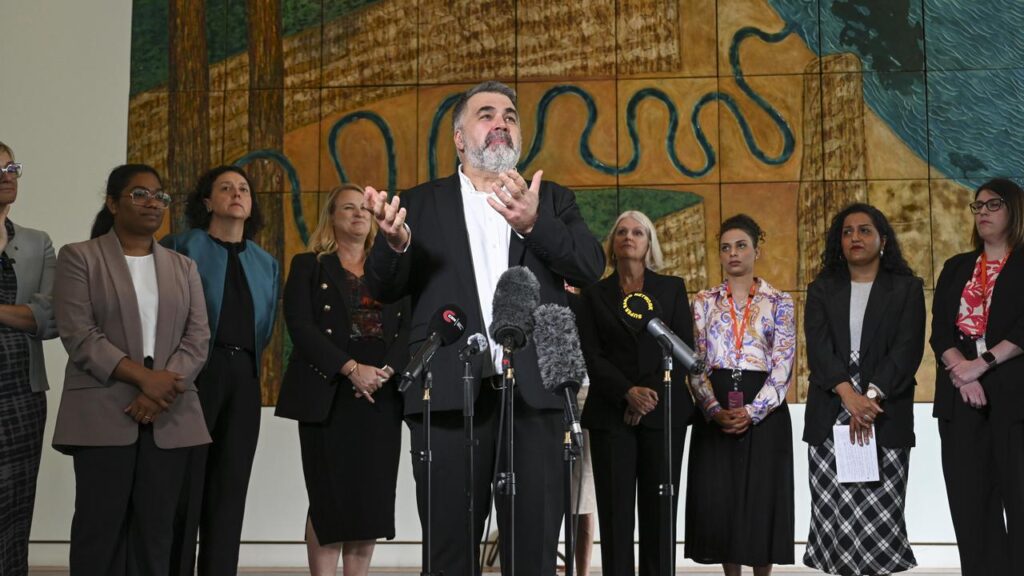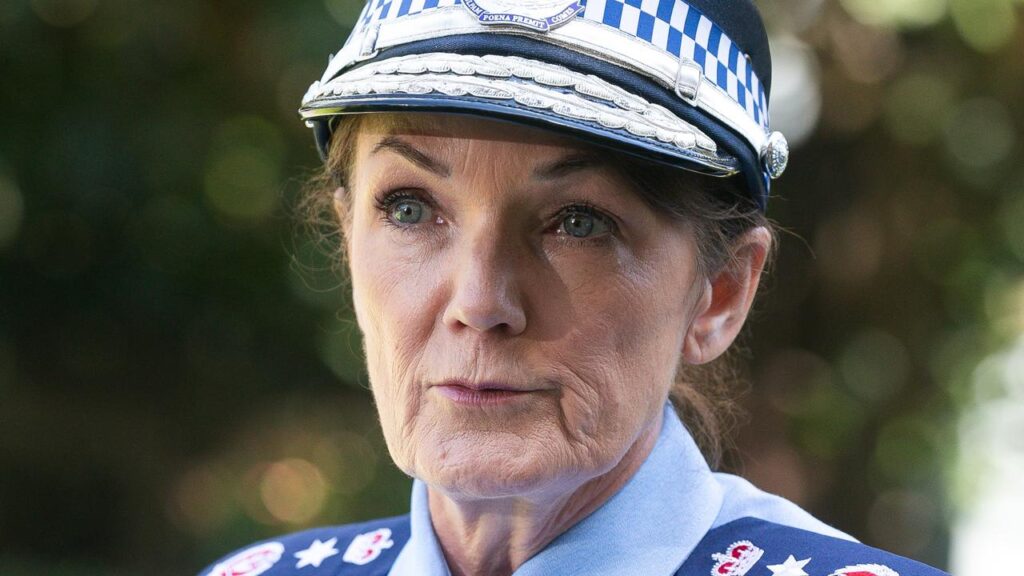How to solve Australia’s housing crisis
Written by admin on October 16, 2024
State governments and city councils need to implant more high-density housing options to roll back Australia’s tightening supply crisis, a leading business group has warned, and the New Zealand city of Auckland could show them how.
The Business Council of Australia, in its latest report on how to reverse the housing shortages that are crippling millions of Australians, cites Auckland as an example of how zoning reform can radically boost supply.
“In 2016, Auckland rezoned about three-quarters of residential land and a massive increase in home building followed,” BCA chief executive Bran Black said.
“They’ve now shared a report showing that this has contained the cost of housing in the long run, approving affordability, with rents at least 26 per cent below what they would have been without the rezoning and a stabilisation of long-term dwelling prices.”
For cities like Sydney and Melbourne, the BCA said implanting more medium and high-density housing options around transportation and service hubs was key to addressing the supply challenge.
“We need state and territory governments to unlock more land for more homes in cities and towns across Australia so we can fix this supply crisis,” Mr Black said.
“These changes need to allow for greater density and height near good transport services while at the same time protecting the quality of life, green space and heritage of an area.”
Housing has colonised the nation’s political and social life, with most Australians now shut out of owning their own homes because of an inexorable rise in prices propelled by relentless demand but limited supply.
The median house price in Sydney is now about $1.47m, according to CoreLogic, while in Melbourne it is $925,000.
The federal government is targeting 1.2 million new dwellings under the National Housing Accord over the next five years, but BCA and Master Builders Association warn the target could already be slipping out of reach on persistent and rising cost pressures in the building industry.
ABS data for dwelling completions over the 2023-24 financial year revealed about 176,000 new homes, about 64,000 short of what is needed each year moving forward to reach the target.
“The government’s investment in housing, while having a positive impact on supply in its own right, will be neutralised by barriers such as prolonged labour shortages, persistence of materials, price growth and industrial measures,” MBA national director for industrial policy Alex Waldren told a senate committee on Wednesday.
“Cost escalation is occurring in social housing projects and becoming more prevalent across the country.”
Alongside higher-density dwellings, BCA argues for shifting planning control from the local council level to the state government for large-scale projects.
It also argues for the consolidation of “zoning types” that are “broad and consistent” across states.
At present, different councils within a single city can hold different definitions of what constitutes a particular type of dwelling, which means builders and investors must navigate a complex map of zoning regulations to know what they are permitted and in what location.
“South Australia is a good example for consistent zoning, with a single consolidated approach across the state,” Mr Black said.
“This makes a big difference when it comes to home builders getting housing projects off the ground.”







